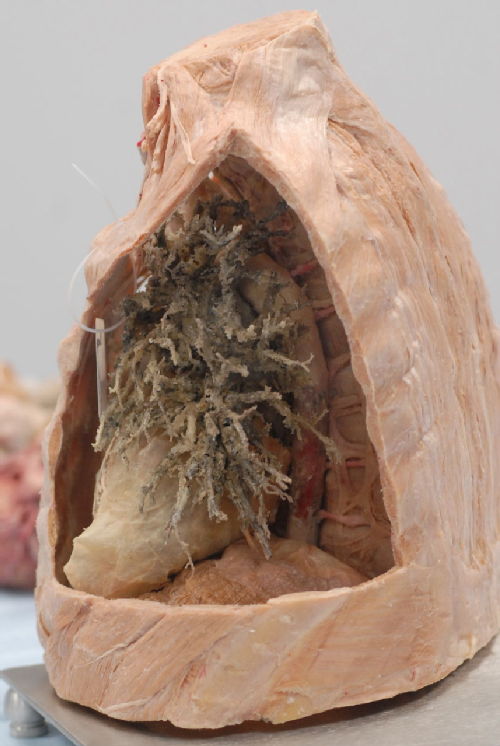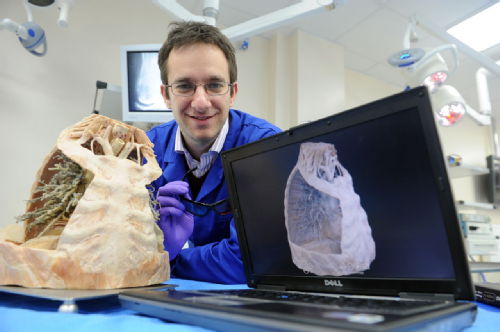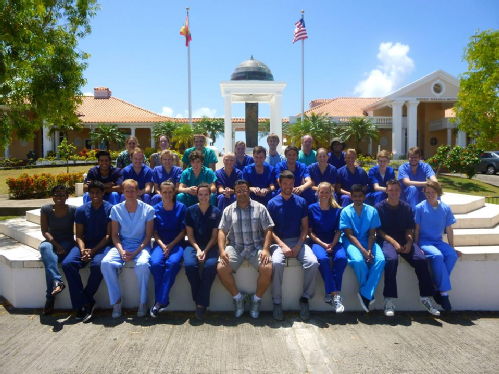All 2 entries tagged Anatomy
View all 3 entries tagged Anatomy on Warwick Blogs | View entries tagged Anatomy at Technorati | There are no images tagged Anatomy on this blog
October 15, 2014
Anatomy!


January 08, 2014
Anatomy Master Class – Grenada

One of the unique parts of the course at Warwick Medical School is the opportunity to go to St George’s University in Grenada (the Caribbean) for five weeks to take part in an Anatomy Master Class working on cadavers, a fantastic experience that I was lucky enough to go on.
The trip takes place during the summer holiday between the first and second year. During the five weeks students are assigned parts of the body to dissect with an aim to produce quality specimens that will be used to teach anatomy to the students studying medicine at St George’s University. We dissected Monday to Friday from 8.00am to 3.00pm with tutorials after lunch. The teaching staff are really passionate about what they do and are excellent teachers.
During my time I dissected an arm, leg, hand and spine. On the leg, for example, I had to expose all of the major nerves and arteries that supply it, and expose the tarsal tunnel (one of my favourite bits of anatomy - a very sad thing to admit!) Those who excelled at dissection during our time there had the opportunity to carry out micro dissection using specialist tools as part of a research project
Dissecting is really challenging, whether it’s testing your fine motor skills, knowledge of the body or your patience when dissecting intricate bits of anatomy. I have certainly come away from the experience with a greater understanding and appreciation of human anatomy.
The trip isn’t all work and no play; we certainly kept ourselves entertained when not in the anatomy lab. The campus is great and we had unlimited access to the facilities on campus, including a gym and a secluded bay where we would often go to swim in the warm sea. We also took advantage of the free buses available to students to take us to the local beaches. The Gran Anse beach is beautiful and was where many of us students spent our down time.
We also went waterfall jumping, toured the local rum factory, took a catamaran to the fish market and went clubbing with the American students studying at St George’s University. One of the most enjoyable things I did was Hash Running through the rainforest; it was a fantastic way to explore the rain forest, often being forced to take tricky and challenging routes. This was just some of the stuff we did during our time, we were even lucky enough to have a traditional Grenadian breakfast and lunch put on for us by the staff!

This opportunity is available to the top scoring first year students who take a voluntary entry anatomy exam during the second term. Students have to arrange and pay for their own travel to and from Grenada as well as food and entertainment whilst out there. St George’s University puts us up for free in their student accommodation.
Whilst I have come away knowing that I do not wish to pursue a career in medical anatomy it is an invaluable experience. If you ever get the chance to go I would thoroughly recommend it!

 Megan Earle
Megan Earle

 Please wait - comments are loading
Please wait - comments are loading
 Loading…
Loading…